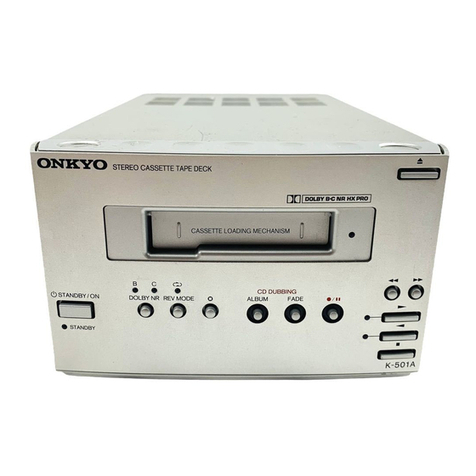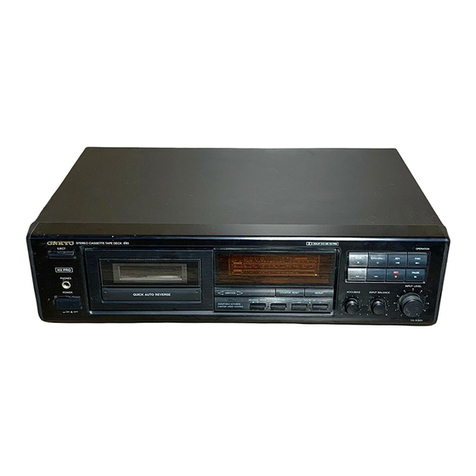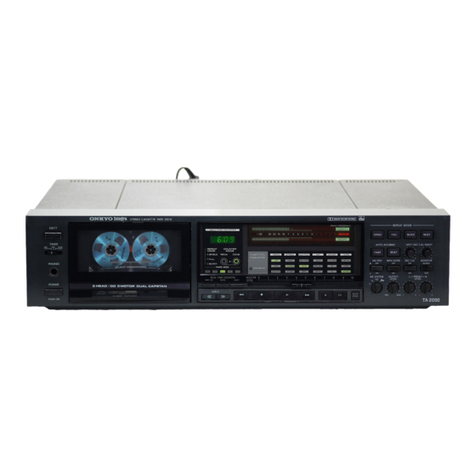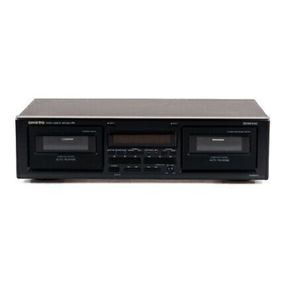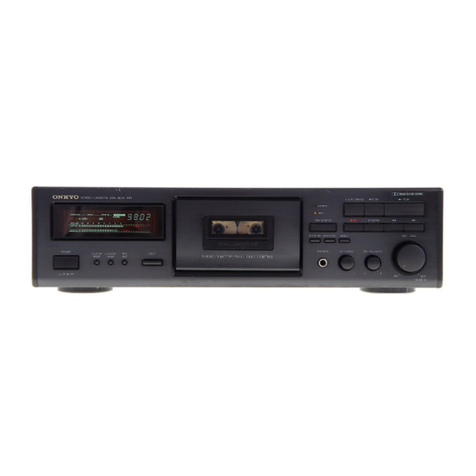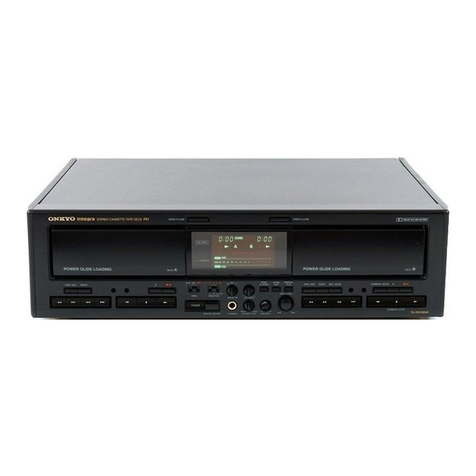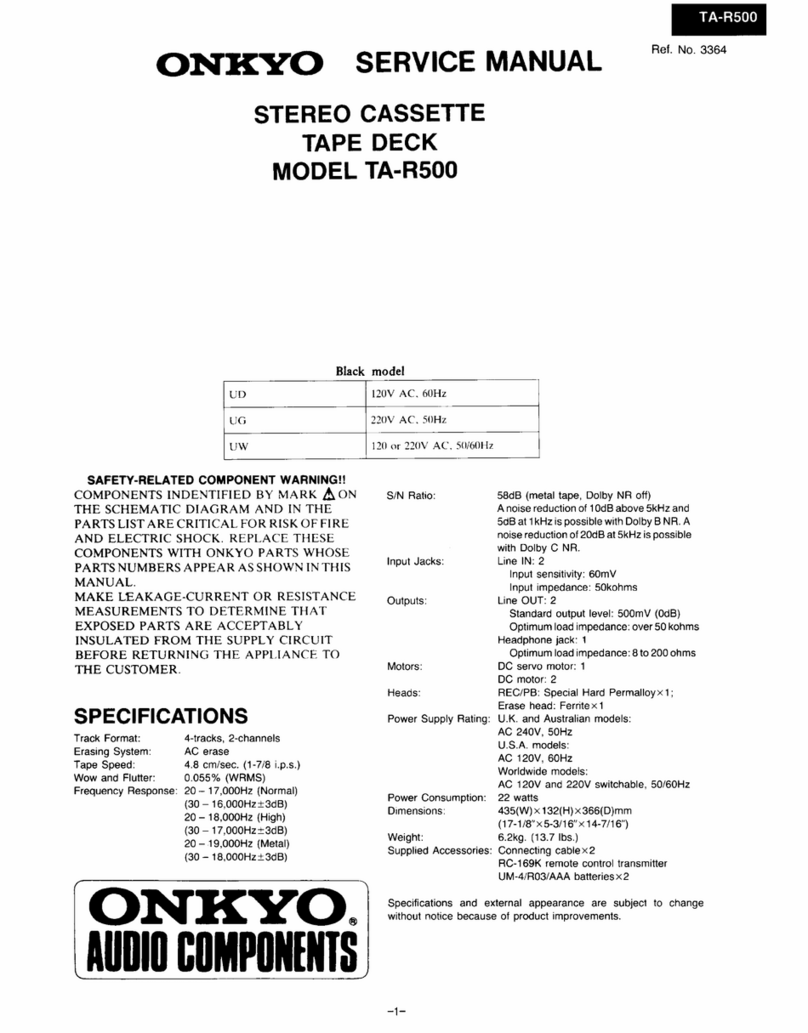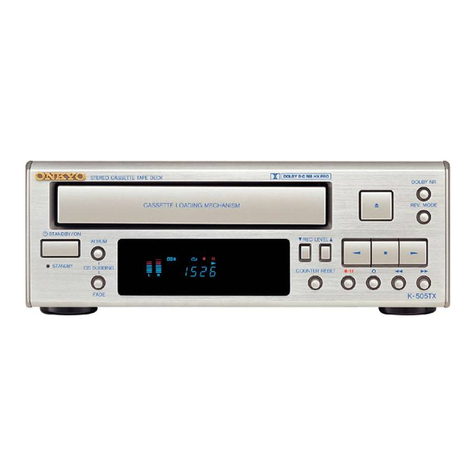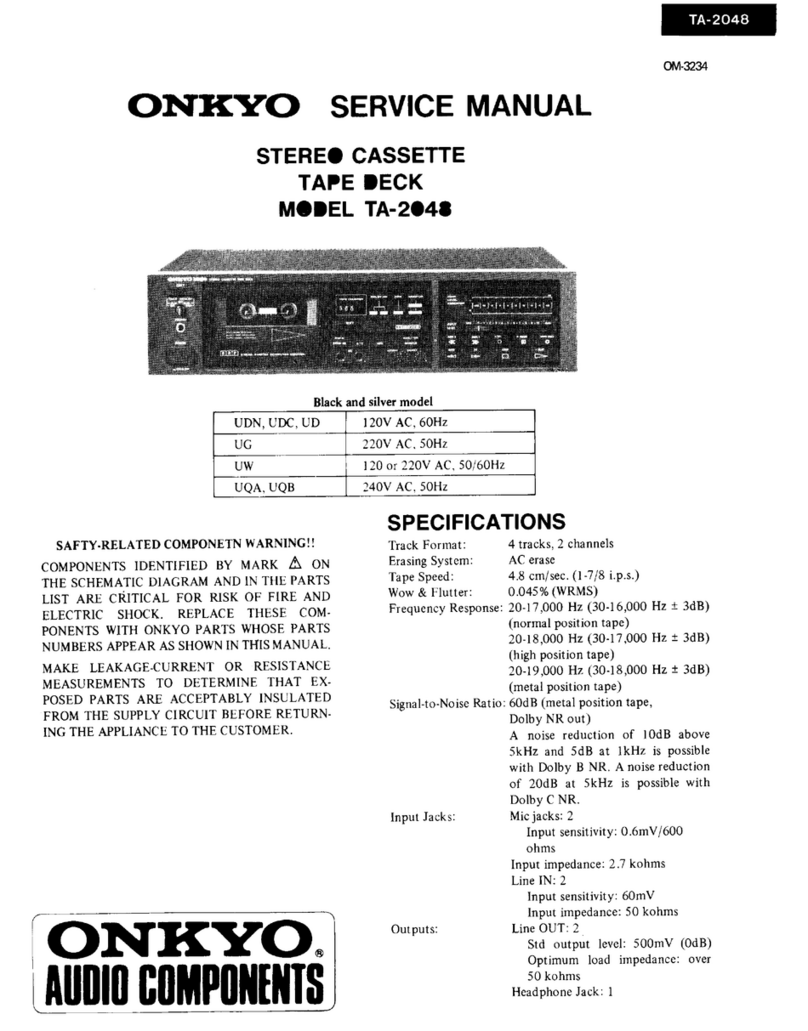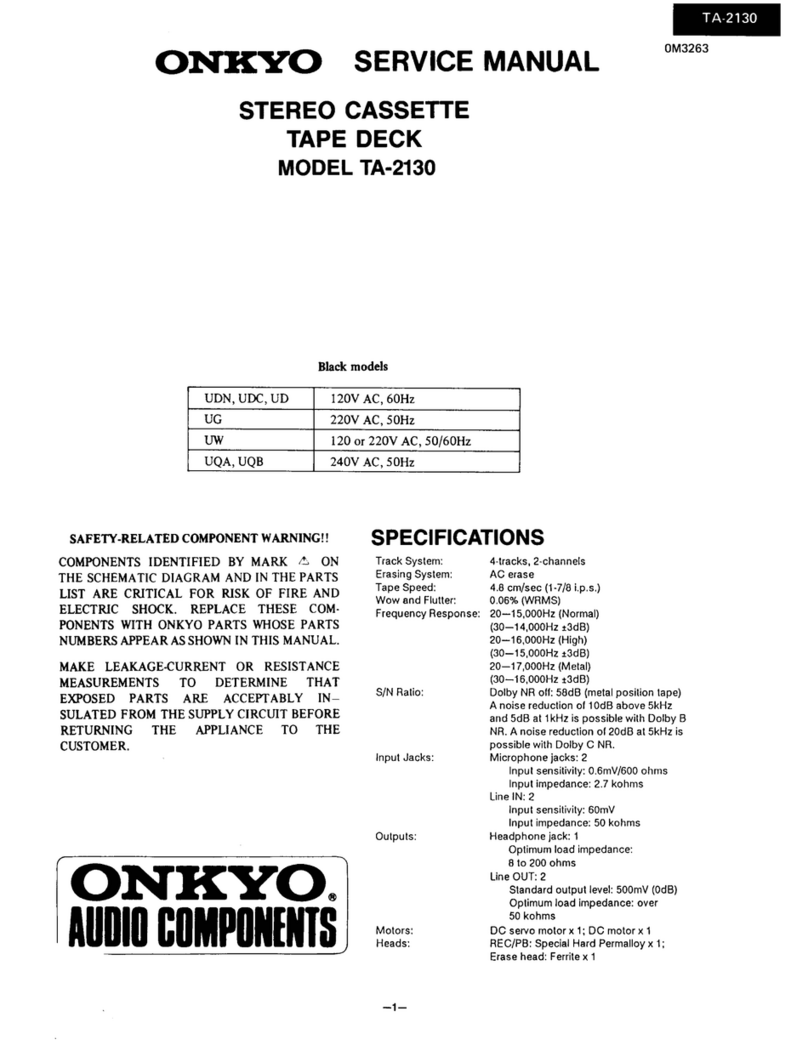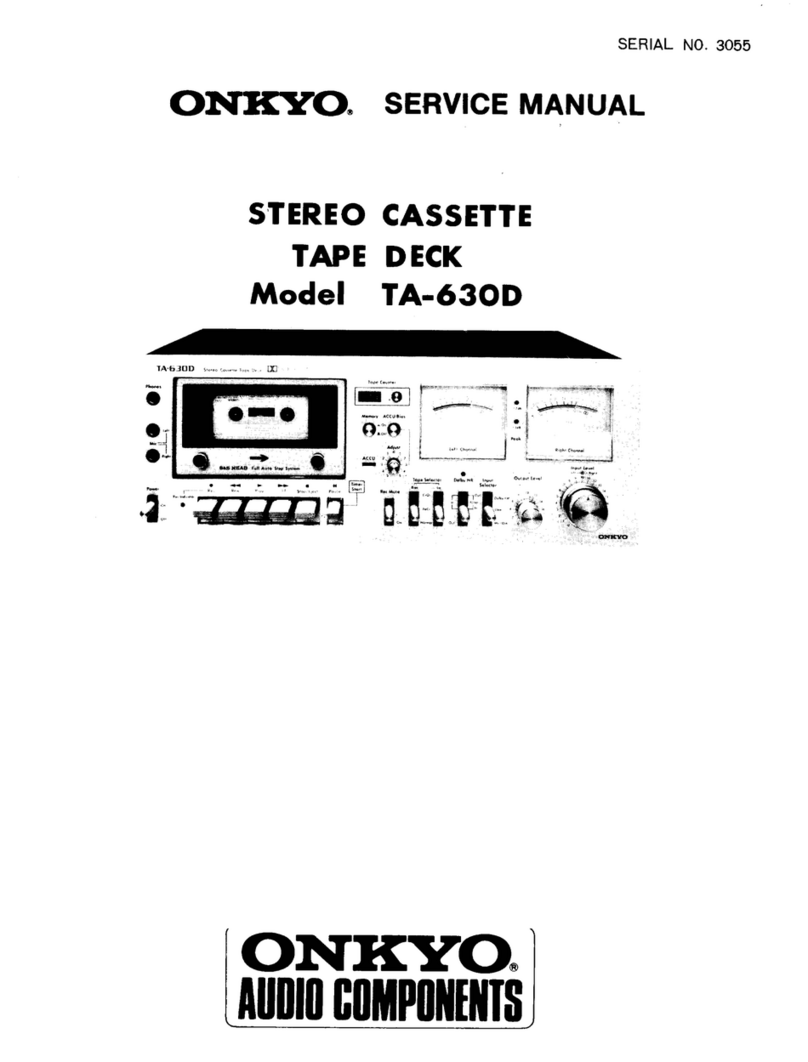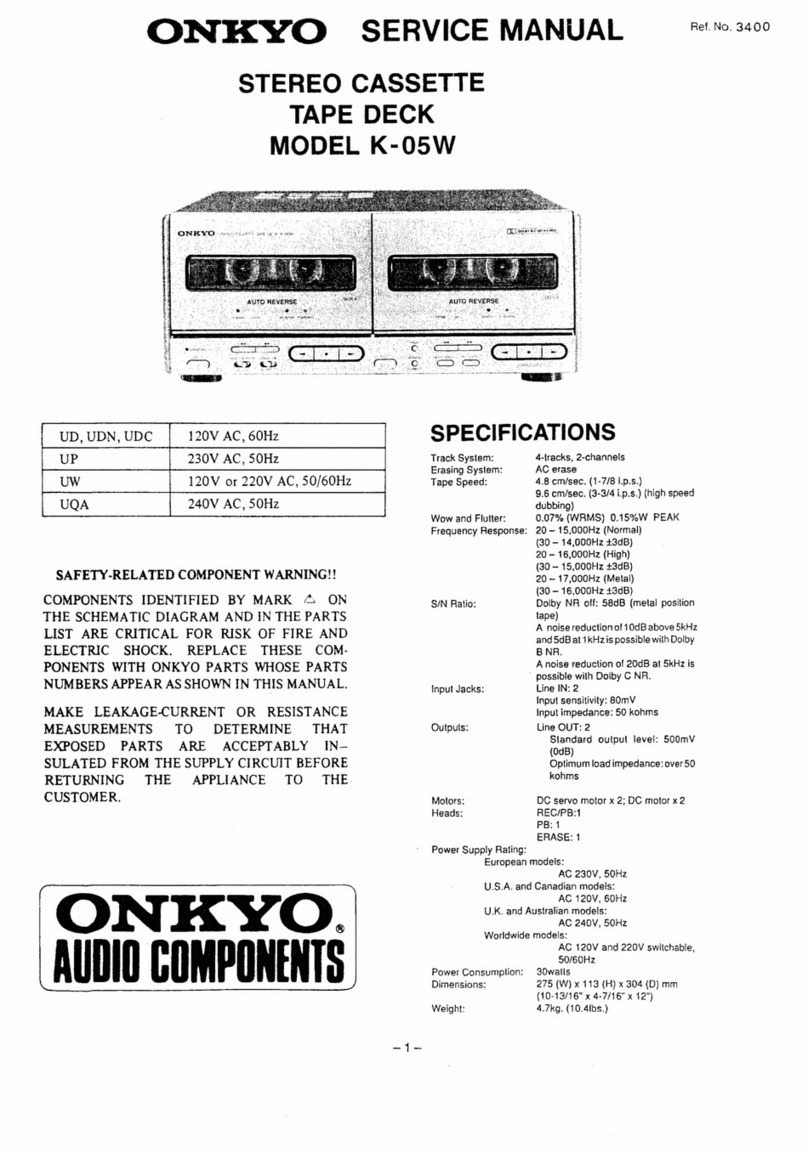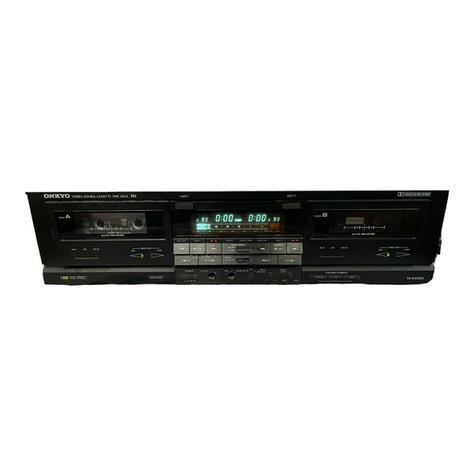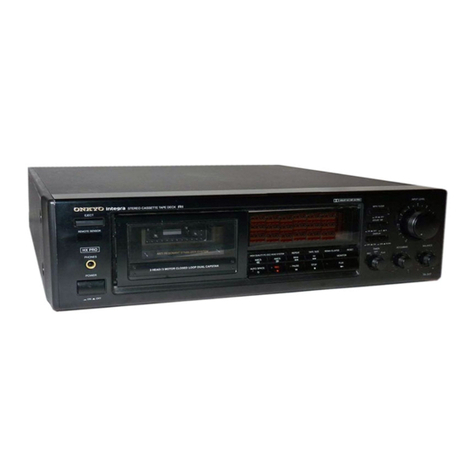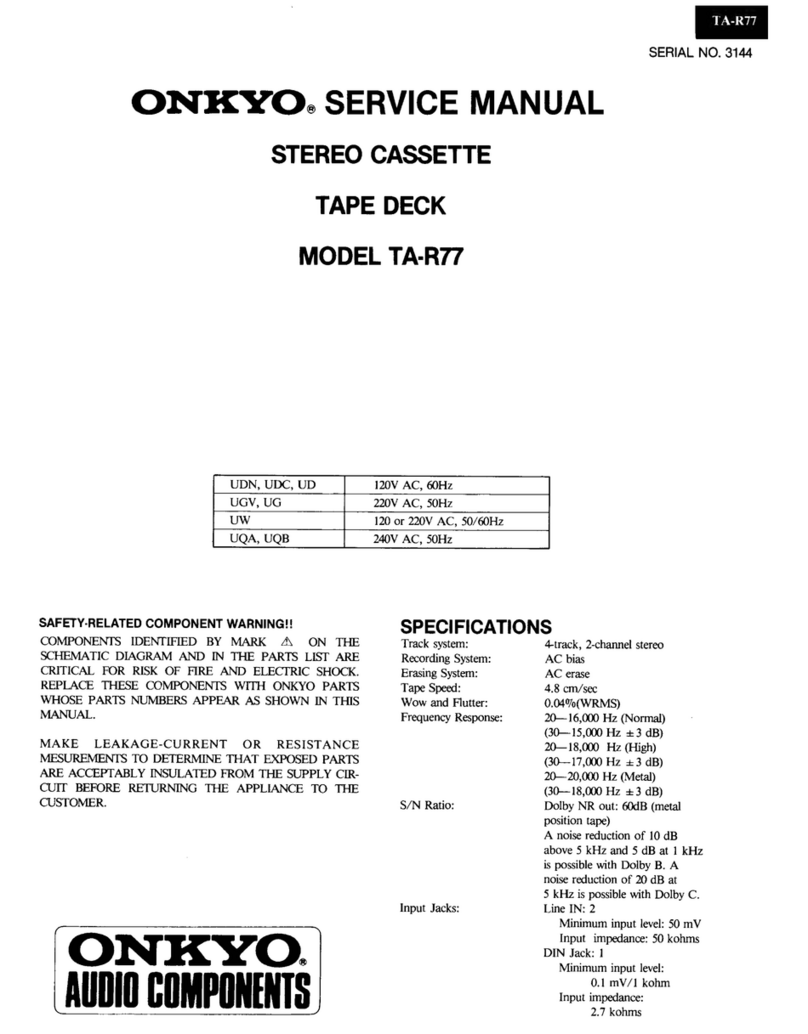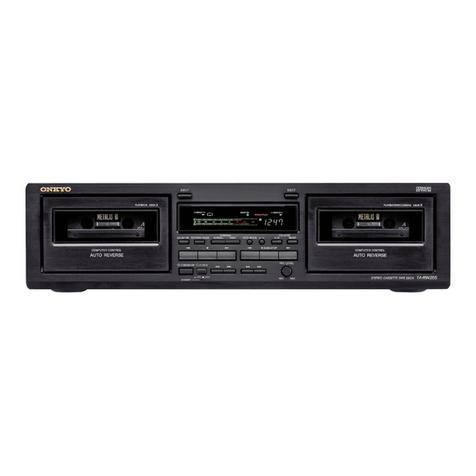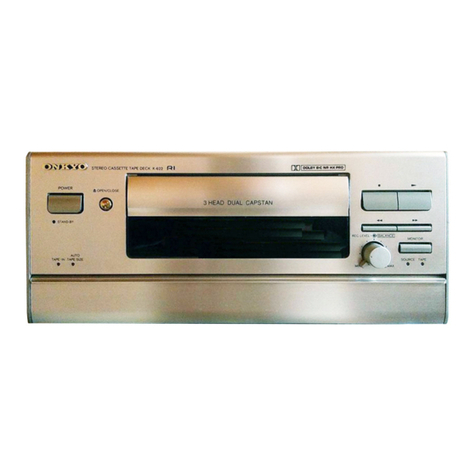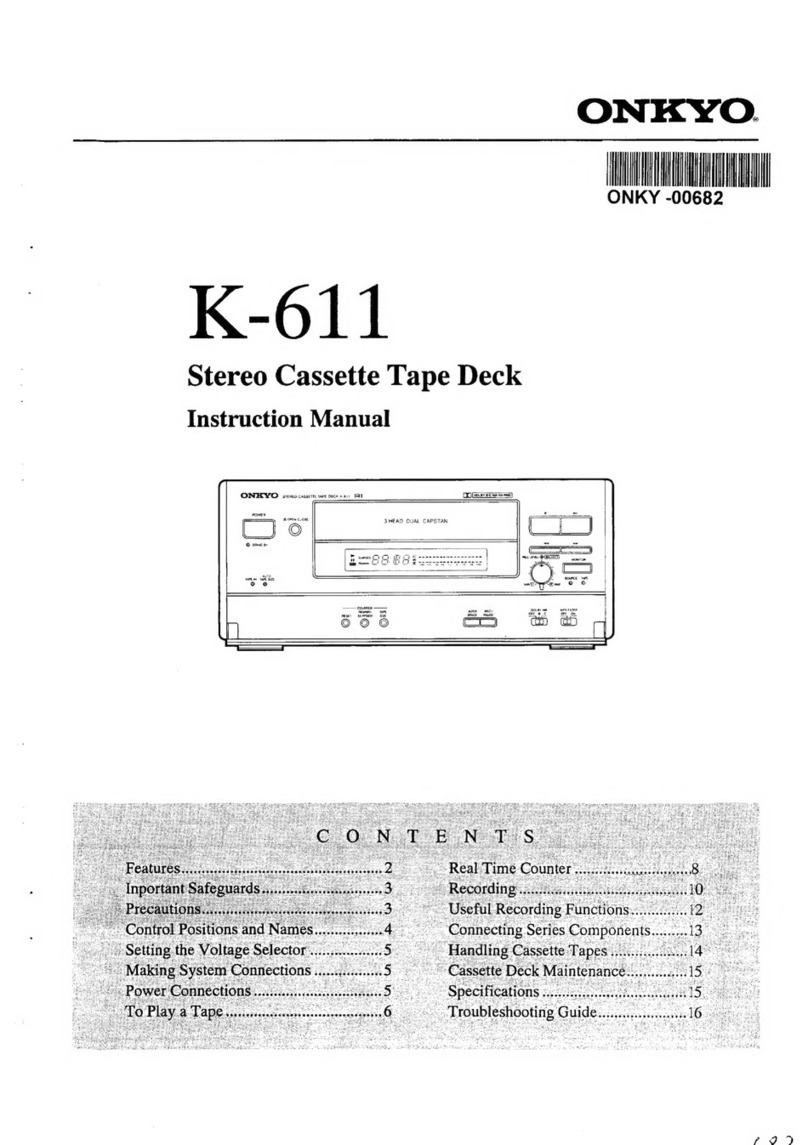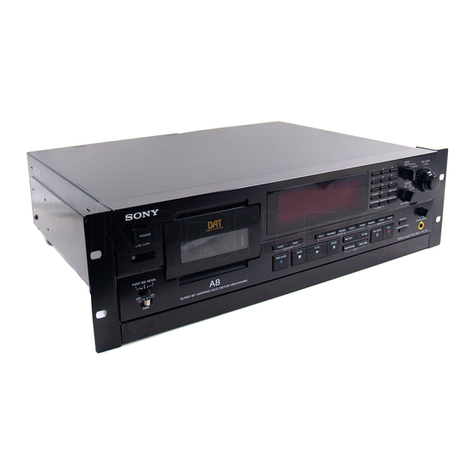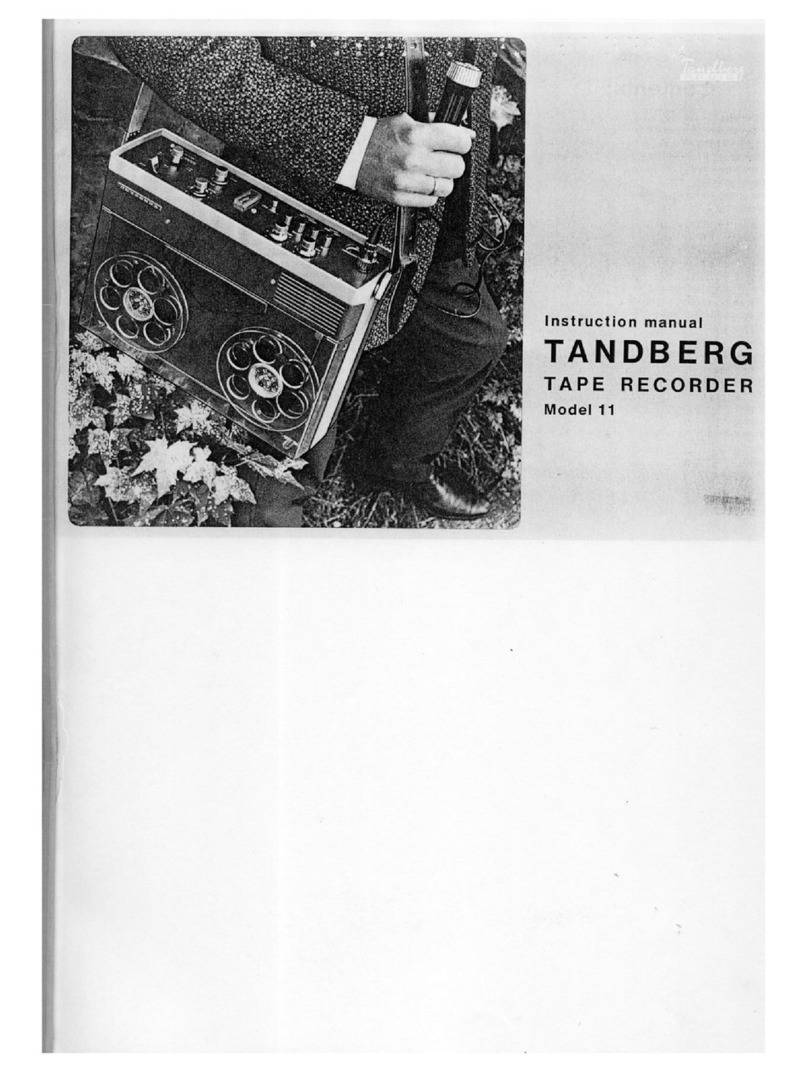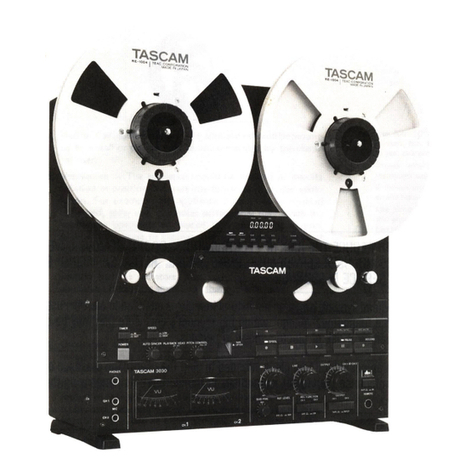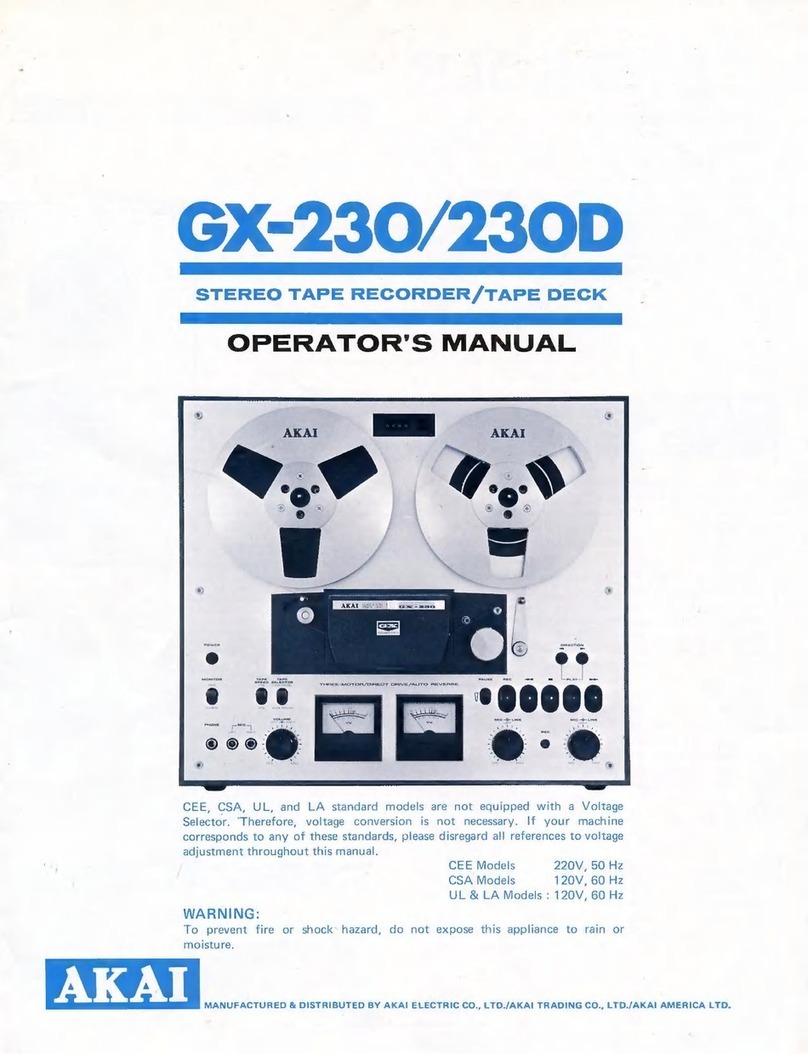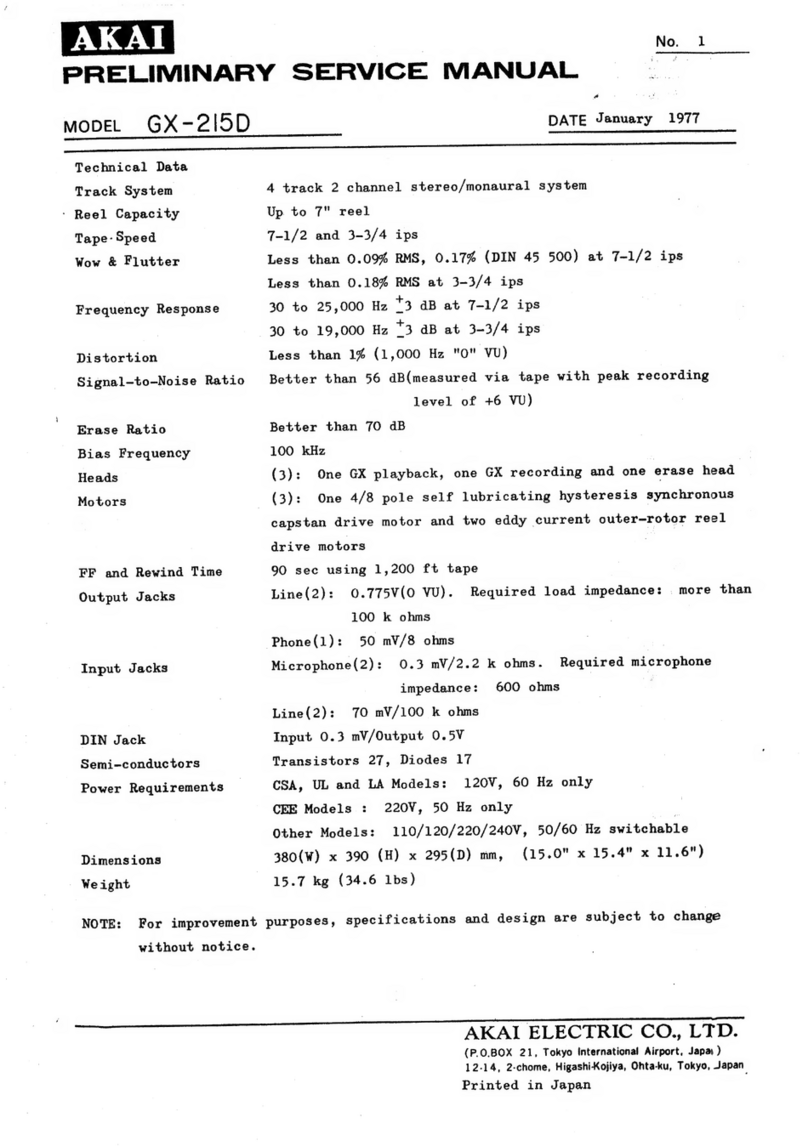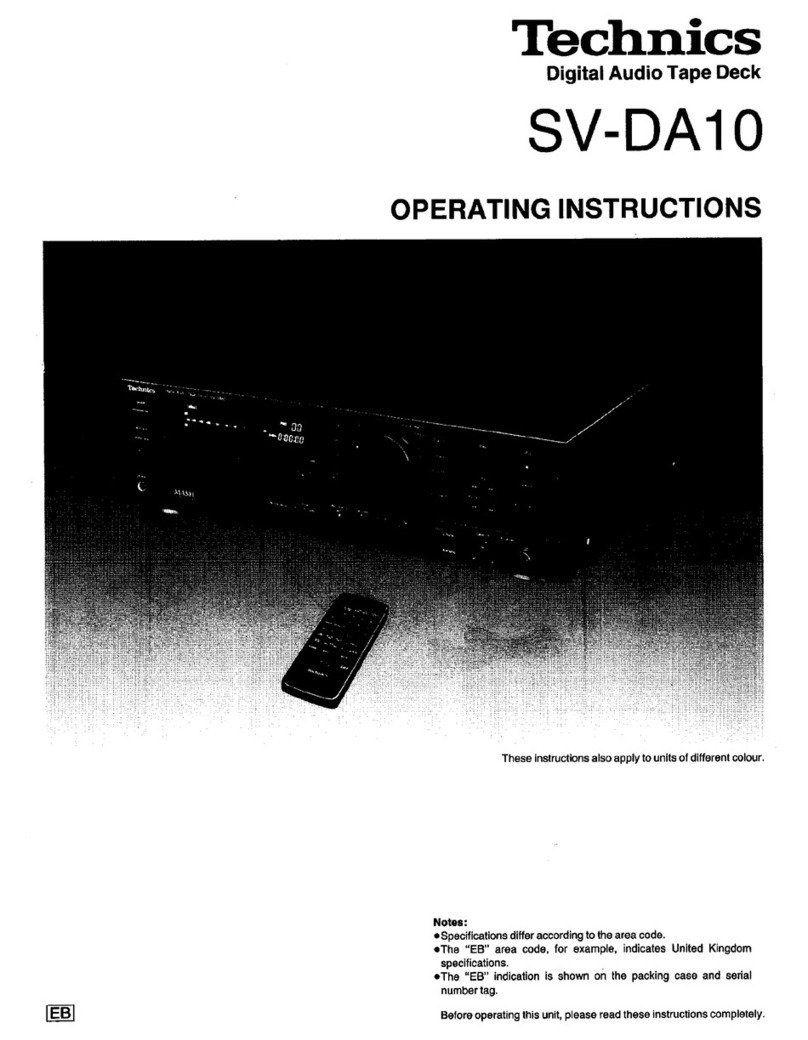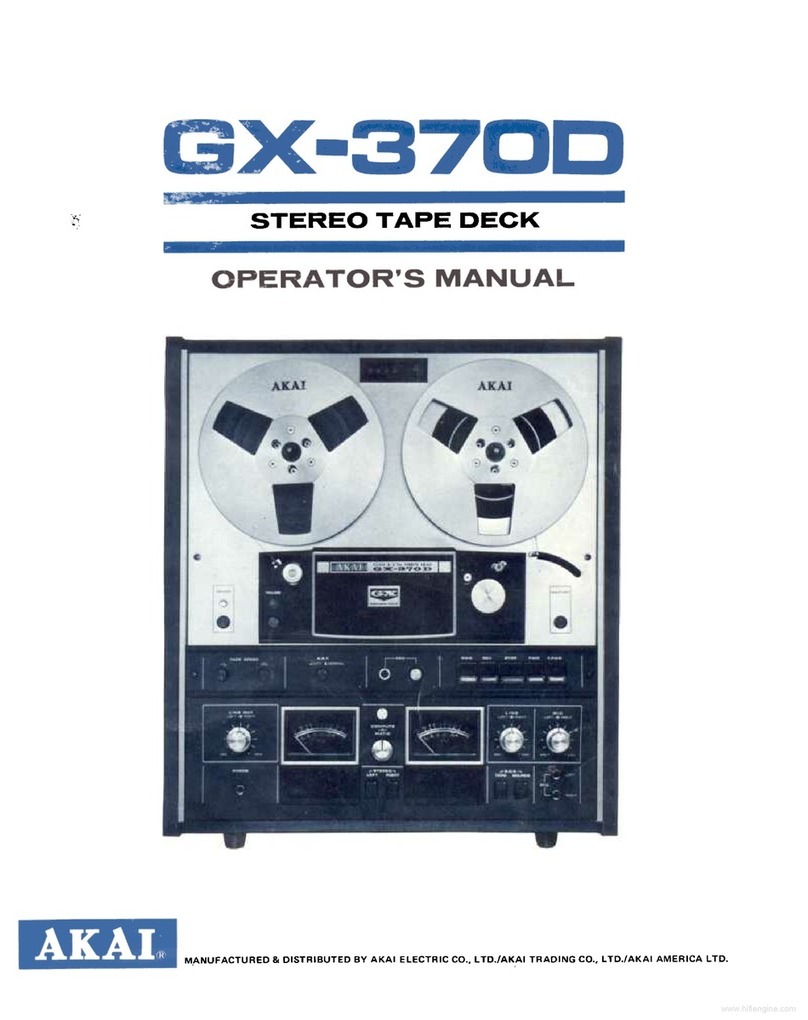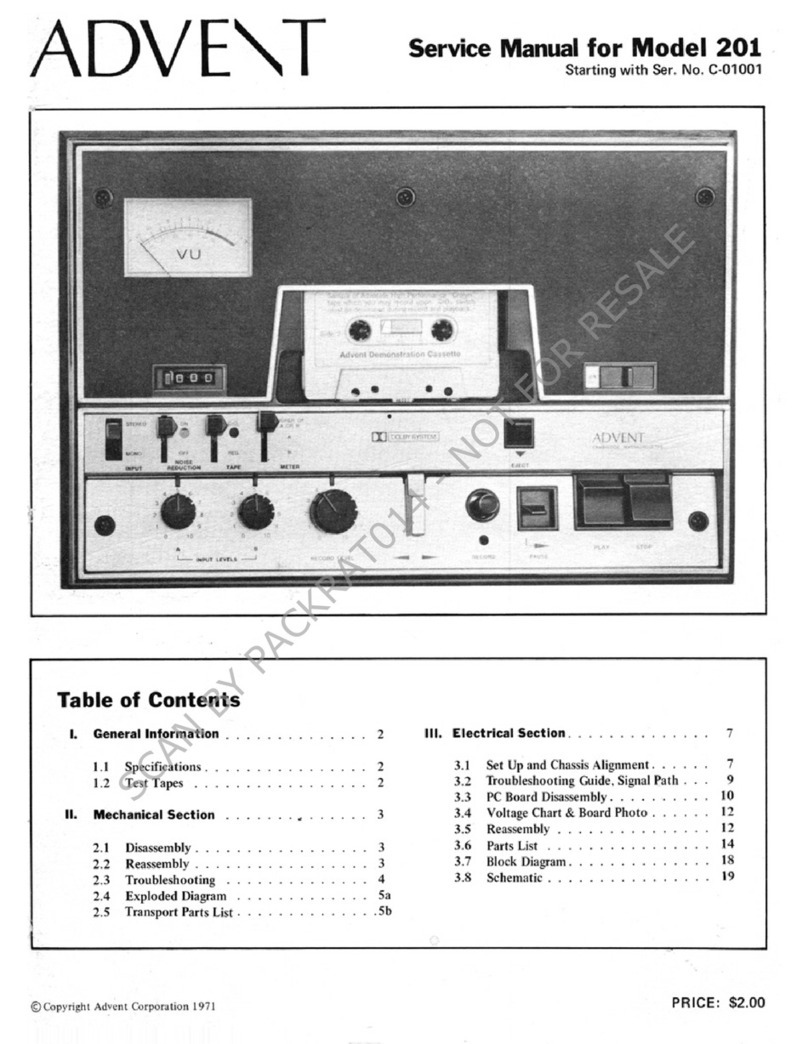
e
Congratulations
on
your
purchase
of
the
ONKYO
TA-RW909
Cassette
Tape
Deck.
@
Please
read
this
manual
thoroughly
before
making
connections
and
turning
power
on.
@
Follow
these
instructions
to
obtain
optimum
performance
and
maximum
listening
enjoyment
from
your
new
TA-RW909.
e
Please
retain
this
manual
for
future
reference.
Contents
FEATURES.
......0..ccceccccccsccscceccuccsccsscsccuscsscnncsrcncsescessassescesseceuccessessurenannenessoeeususcasssnsuceseusneseuseasneseress
1
IMPORTANT
SAFEGUARDS.
.............cccccccccccccccsccsnnsenscnsscsrsnscersescsccccccccsccersccucccsustsvesccscustscesseccesesenss
2
PRECAUTIONS.
...........cccccccseccsscceccccccccceccceccsccsccnsecusncuccneccenceecessccecescucceuteecceccsccustuntsascaenatnenenecenseccusss
2
SYSTEM
CONNECTIONS
...........0....cccccsccescscceccscceccecceccucacccccssccccsssnacssnanceaneccssuneucovacasausussescecarsaacauuas
3
CONTROL
POSITIONS
AND
NAMES
.............c:cccccecseeceecescnccncceccenceccccceccessuccccecceccesuussssnccescuscensccsesas
4
COMMON
MODES
OF
OPERATION
—
PLAYBACK...u.............cccccccccssesscsscccceenersususssssvassensccssoescecenas
6
COMMON
MODES
OF
OPERATION
—
RECORDING
.0.02....cccccccececccccccccscccssccecensecccccsccsccccsensccseseces
8
SPECIAL
MODES
OF
OPERATION
........cccceccecceccerceccecceccecsecceccsccsccscosensenecessonsansanauconsncesencccensacanses
11
DIRECTION
SWITCH
.......ccccccssccccccccevesecercuccuseeccusceccaususeuseuseuenesaveseccussvecerscccacsusssnsnsutsasesssscesncesssse
13
HANDLING
CASSETTE
TAPES
....cccccccccsccsssvccuseeccussnceusaucusseucnssanvecceccecccccsouscuscaususnsscesssecsecsssuaseusees
14
OWNER
MAINTENANCE
..........0.:0.00ssceccscccscceccensesssucccceneccesscncsuccnausescacccnncnccsususssssececassesonscutsescoanas
14
SPECIFICATIONS.
.............0.ccccceccccceccecceccesecccecercescuscnstocseccecteccuncescuctescscoerssssrsessurceacerescescesuusesesreass
14
TROUBLESHOOTING
GUIDE
0.0...
ccc
ccccecceccenccesssceccerseccccseseceesessussuusuvecusuepnscususuteuessveuss
15
Features
ge
Simultaneous
Dual
Recording
and
Quick
Double
Auto
Reverse
Two
dual-cassette
decks
provide
playback
and
recording
capabilities
in
both
A
and
B
transports.
Plus
high-speed
dubbing
from
A
to
B,
or
recording
of
two
tapes
at
the
same
time
from
the
same
source.
Extended
continuous
recording
and
playback
using
both
decks
is
also
possible.
And
Onkyo’s
Quick
Auto
Reverse
virtually
eliminates
a
break
in
the
music
during
tape-direction
change.
Remote-Operated
Power
Glide
Loading
Whether
you
open
the
Power
Glide
Loading
trays
with
the
supplied
remote
control
or
the
front
panel
feathertouch
keys,
you'll
appreciate
the
unusually
swift
and
quiet
reaction
the
separate
tray
motors
provide,
not
to
mention
the
unprecedented,
striking
design.
Deck
A
and
B
Random
Play
Another
Onkyo
original
—
random
play
from
a
cassette
deck.
While
Deck
A
is
playing
a
song,
Deck
B
randomly
selects
the
next
number
and
begins
playing
immediately
—
without
a
break
in
the
music
—
when
the
song
on
Deck
A
ends,
and
vice
versa.
Dual
Real
Time
Counters
(4-Digit)
Each
deck
has
its
own
real
time
counter,
making
it
easy
to
locate
specific
sections
and
perform
other
editing
operations.
Both
timers
can
display
the
elapsed
time
or
remaining
time.
12-Segment
Independent
L/R
Channel
Fluorescent
Peak
Hold
Meters
e
Skip
Functione
Blank
Skip
Separate
Input
&
Balance
Manual
Controlse
Accubiase
Timer
Rec/Play
e
CD
Synchro
Recording
1
Compatible
Remote
Control
Included
WARNING”
“CAUTION”
“TO
REDUCE
THE
RISK
OF
FIRE
OR
ELECTRIC
SHOCK,
DO
NOT
“TO
REDUCE
THE
RISK
OF
ELECTRIC
SHOCK,
DO
NOT
RE-
EXPOSE
THIS
APPLIANCE
TO
RAIN
OR
MOISTURE.”
MOVE
COVER
(OR
BACK).
NO
USER-SERVICEABLE
PARTS
IN-
«
For
models
having
a
power
cord
with
a
polarized
plug.
CAUTION:
TO
PREVENT
ELECTRIC
SHOCK,
MATCH
WIDE
BLADE
OF
PLUG
TO
WIDE
SLOT,
FULLY
INSERT.
SIDE.
REFER
SERVICING
TO
QUALIFIED
SERVICE
PERSONNEL.”
RISK
OF
ELECTRIC
SHOCK
e
The
lightning
flash
with
arrowhead
sym-
DO
NOT
OPEN
e
Sur
les
modéles
don't
la
fiche
est
polansée.
ATTENTION:
bol,
within
an
equilateral
triangle,
is
in-
POUR
EVITER
LES
CHOCS
ELECTRIQUES,
INTRODUIRE
LA
tended
to
alert
the
user
to
the
presence
LAME
LA
PLUS
LARGE
DE
LA
FICHE
DANS
LA
BORNE
of
uninsulated
‘dangerous
voltage”
CORRESPONDANTE
DE
LA
PRISE
ET
POUSSER
JUSQ’AU
within
the
product’s
enclosure
that
may
FOND.
be
of
sufficient
magnitude
to
constitute
a
risk
of
electric
shock
to
persons.
The
exclamation
point
within
an
equilat-
eral
triangle
is
intended
to
alert
the
user
to
the
presence
of
important
operating
and
maintenance
(servicing)
instructions
in
the
literature
accompanying
the
appli-
—1—
ance.
